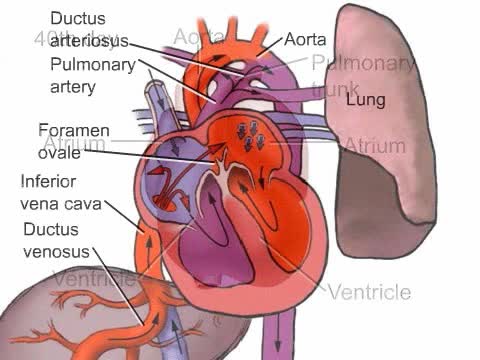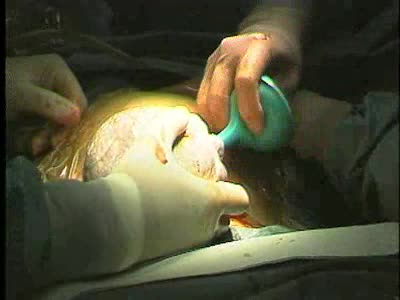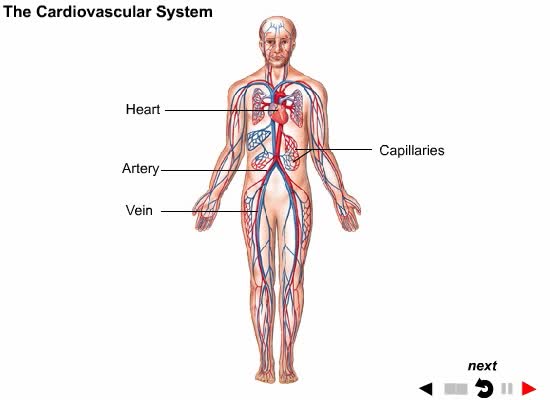Introduction to Circumcision
Circumcision is the removal of the foreskin from the human penis. In the most common procedure, the foreskin is opened, adhesions are removed, and the foreskin is separated from the glans. After that, a circumcision device may be placed, and then the foreskin is cut off. Topical or locally injected anesthesia is sometimes used to reduce pain and physiologic stress. For adults and children, general anesthesia is an option, and the procedure may be performed without a specialized circumcision device. The procedure is most often an elective surgery performed on babies and children, for religious or cultural reasons. In other cases it may be done as a treatment for certain medical conditions or for preventative reasons. Medically it is a treatment option for problematic cases of phimosis, balanoposthitis that does not resolve with other treatments, and chronic urinary tract infections (UTIs). It is contraindicated in cases of certain genital structure abnormalities or poor general health. The positions of the world's major medical organizations range from considering elective circumcision of babies and children as having no benefit and significant risks, to its having a modest health benefit that outweighs small risks. No major medical organization recommends either universal circumcision of all males or banning the procedure. Ethical and legal questions regarding informed consent and human rights have been raised over the circumcision of babies and children for non-medical reasons; for these reasons the procedure is controversial. Male circumcision reduces the risk of HIV infection among heterosexual men in sub-Saharan Africa. Consequently, the WHO recommends considering circumcision as part of a comprehensive HIV prevention program in areas with high rates of HIV such as sub-Saharan Africa. There is also some evidence for circumcision reducing HIV infection risk for men who have sex with men. The effectiveness of using circumcision to prevent HIV in the developed world is unclear. Circumcision is associated with reduced rates of cancer-causing forms of human papillomavirus (HPV), UTIs, and cancer of the penis. Prevention of these conditions is not a justification for routine circumcision of infants in the Western world. Studies of other sexually transmitted infections are suggestive that circumcision is protective. A 2010 review found circumcisions performed by medical providers to have a typical complication rate of 1.5% for babies and 6% for older children, with few cases of severe complications. Bleeding, infection, and the removal of either too much or too little foreskin are the most common complications cited. Complication rates are higher when the procedure is performed by an inexperienced operator, in unsterile conditions, or in older children. Circumcision does not appear to have a negative impact on sexual function. An estimated one-third of males worldwide are circumcised. The procedure is most common among Muslims and Jews (among who it is near-universal for religious reasons), and in parts of Southeast Asia, and Africa. It is relatively rare for non-religious reasons in Europe, Latin America, parts of Southern Africa, and most of Asia. In the United States rates of circumcision decreased from 64% in 1979 to 58% in 2010. The origin of circumcision is not known with certainty; the oldest documented evidence for it comes from ancient Egypt. Various theories have been proposed as to its origin including as a religious sacrifice and as a rite of passage marking a boy's entrance into adulthood. It is part of religious law in Judaism and is an established practice in Islam, Coptic Christianity, and the Ethiopian Orthodox Church. The word circumcision is from Latin circumcidere, meaning "to cut around". Circumcision using the Plastibell. (A) The bell is fitted over the glans. A suture is tied around the bell's rim, and then the excess prepuce is cut away. (B) The plastic rim remains in place for 3–4 days until healing occurs.The bell may be allowed to fall off; it is removed if still in place after 8 days.
Add To
You must login to add videos to your playlists.
Advertisement












Comments
0 Comments total
Sign In to post comments.
No comments have been posted for this video yet.